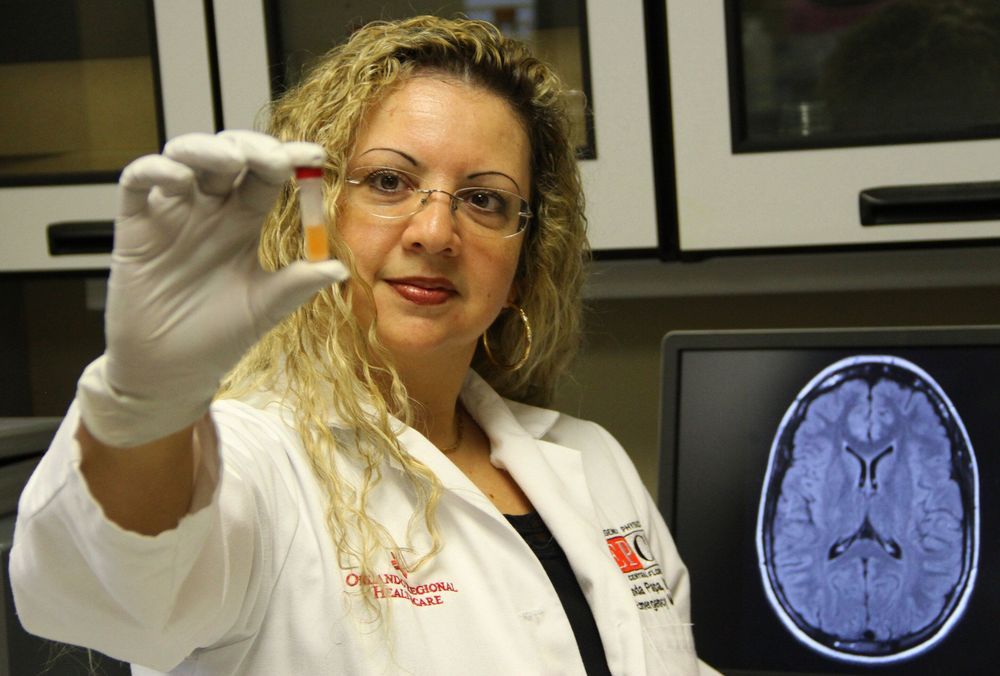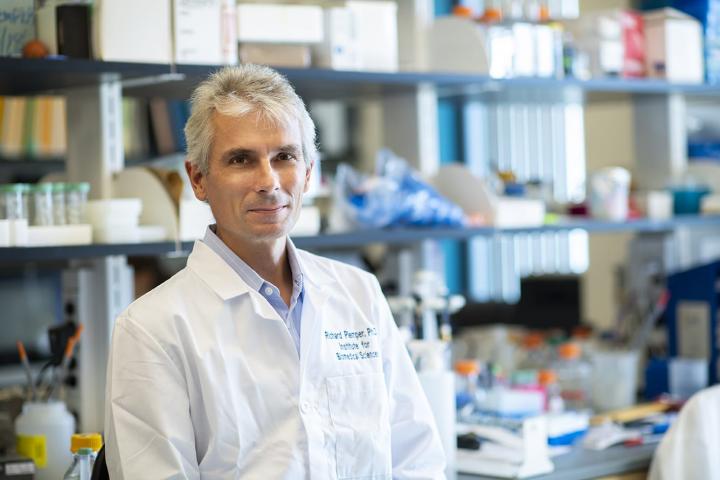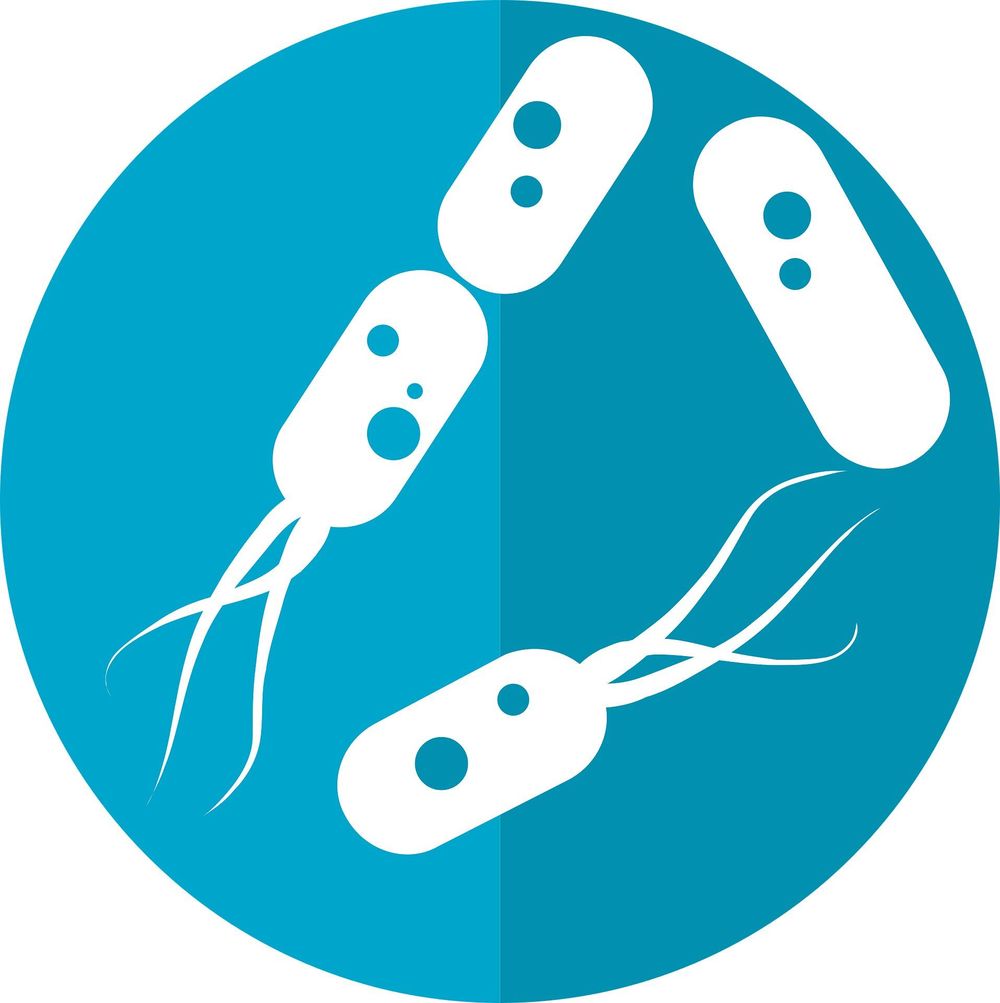Meet Margaret, the Super Ager — could people like her teach us how to keep our brains younger for longer?



Humans can communicate a range of nonverbal emotions, from terrified shrieks to exasperated groans. Voice inflections and cues can communicate subtle feelings, from ecstasy to agony, arousal and disgust. Even when simply speaking, the human voice is stuffed with meaning, and a lot of potential value if you’re a company collecting personal data.
Now, researchers at the Imperial College London have used AI to mask the emotional cues in users’ voices when they’re speaking to internet-connected voice assistants. The idea is to put a “layer” between the user and the cloud their data is uploaded to by automatically converting emotional speech into “normal” speech. They recently published their paper “Emotionless: Privacy-Preserving Speech Analysis for Voice Assistants” on the arXiv preprint server.
Our voices can reveal our confidence and stress levels, physical condition, age, gender, and personal traits. This isn’t lost on smart speaker makers, and companies such as Amazon are always working to improve the emotion-detecting abilities of AI.

In one of the largest studies of its kind, researchers at Orlando Health are making new progress in finding ways to detect a traumatic yet sinister brain injury—and getting closer to preventing further damage.
Subconcussive injuries often show no symptoms or immediate effects, but can cause wear and tear on the brain over time with repeated injuries. The latest study, published in the journal BMJ Paediatrics Open, includes more than 700 emergency room patients—children and adults. The study gets us closer to developing a standard blood test to spot these injuries as early as possible.
“A unique feature of this study is that it includes patients who hit their heads but have no symptoms,” said Linda Papa, MD, lead author of the study and emergency medicine doctor at Orlando Health. “This group is rarely—if ever—included in biomarker studies.”


It is a sure sign that the tide has turned when mainstream news outlets and magazines start publishing positive articles about aging research and the prospects of rejuvenation.
A refreshing change
Today, I want to highlight an article in MIT Technology Review in which the author, David Adam, gives a sensible and measured overview of what is happening in the field and manages to sidestep the usual negativity and misconceptions that often plague popular science pieces.

ATLANTA—Targeting specific areas of the measles virus polymerase, a protein complex that copies the viral genome, can effectively fight the measles virus and be used as an approach to developing new antiviral drugs to treat the serious infectious disease, according to a study by the Institute for Biomedical Sciences at Georgia State University published in PLoS Pathogens.
Measles is a highly contagious virus that can lead to serious health complications and death. It begins with a fever, cough, runny nose and red eyes followed by a rash of tiny, red spots that starts at the head and spreads to the rest of the body. Although declared eliminated in the United States in 2000, the Centers for Disease Control and Prevention says the U.S. is experiencing the greatest number of measles cases reported since the early 1990s.
While an effective vaccine exists, there has been a steady decline in the number of people being vaccinated against the measles virus. Most new cases were among unvaccinated individuals, making the development of an effective treatment strategy complementing vaccination a public health priority. There are no antivirals licensed to treat measles. The new study identified a novel protein interface in the polymerase complex that is pivotal for the regulation of polymerase activity, providing a new objective for target-based antiviral drug discovery.

Scientists have identified a class of drugs that may have potential to treat a rare and deadly form of brain cancer that affects young children.
The research team, led by Ranjit Bindra, MD, PhD, and colleagues at the Yale Cancer Center, also included co-senior authors Charles Brenner, PhD, professor and DEO of biochemistry at the University of Iowa Carver College of Medicine, and Michael E. Berens, PhD, from the Translational Genomics Research Institute in Phoenix.
The findings, published Aug. 22 in Nature Communications, focus on Diffuse Intrinsic Pontine Glioma (DIPG), a rare, incurable cancer that affects the brainstem in children under age 10. Previous work had identified mutations in a gene called PPM1D as a cause of this cancer.
Volcanoes are notorious features on the landscape, but the mountains of Earth’s surface do not claim all of the volcanological action in the world. Concealed below the waves, underwater volcanoes mean that earth, fire and water can explode into a fury at any time in certain places, sometimes with fascinating results. Today, we’ll look at the most fascinating underwater volcanoes worldwide. While scarce, video footage has been included where available.
8. Kick ‘Em, Jenny

You are what you eat—right down to the microbiome living in your gut. Diet can affect which microbes are in the intestinal tract, and research has shown that harmful gut microbiome changes can lead to illnesses such as heart disease, obesity and cancer. Today, scientists will report the development of molecules that can change, or remodel, unhealthful gut microbiomes in mice into more healthful ones. The research could also someday be applied to other conditions related to diet.
The researchers will present their results at the American Chemical Society (ACS) Fall 2019 National Meeting & Exposition.
“The gut microbiome contains hundreds of different species of bacteria and is where the largest concentration of bacteria living in us resides,” says M. Reza Ghadiri, Ph.D., leader of the study. “If we all ate a healthy diet, exercised and didn’t age, we wouldn’t have problems with our gut microbiome and many diseases. But, that’s not how all people live. Current methods aimed at improving the makeup of gut microbiomes have involved prebiotics, probiotics or drug therapies. Our goal was to take a totally new approach—to remodel the microbiome.”

A Californian-based start-up has unveiled what it says is the world’s largest computer chip.
The Wafer Scale Engine, designed by Cerebras Systems, is slightly bigger than a standard iPad.
The firm says a single chip can drive complex artificial intelligence (AI) systems in everything from driverless cars to surveillance software.